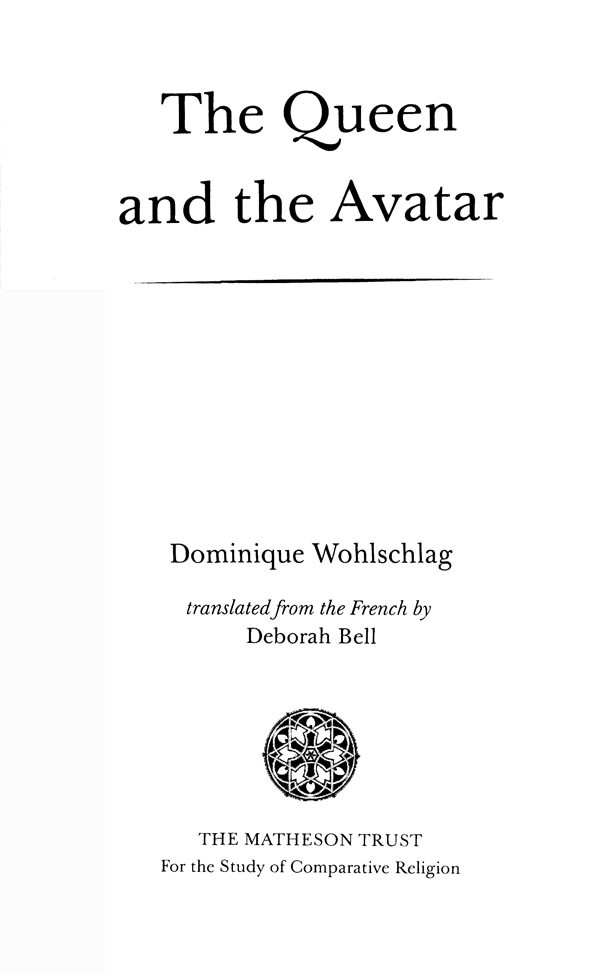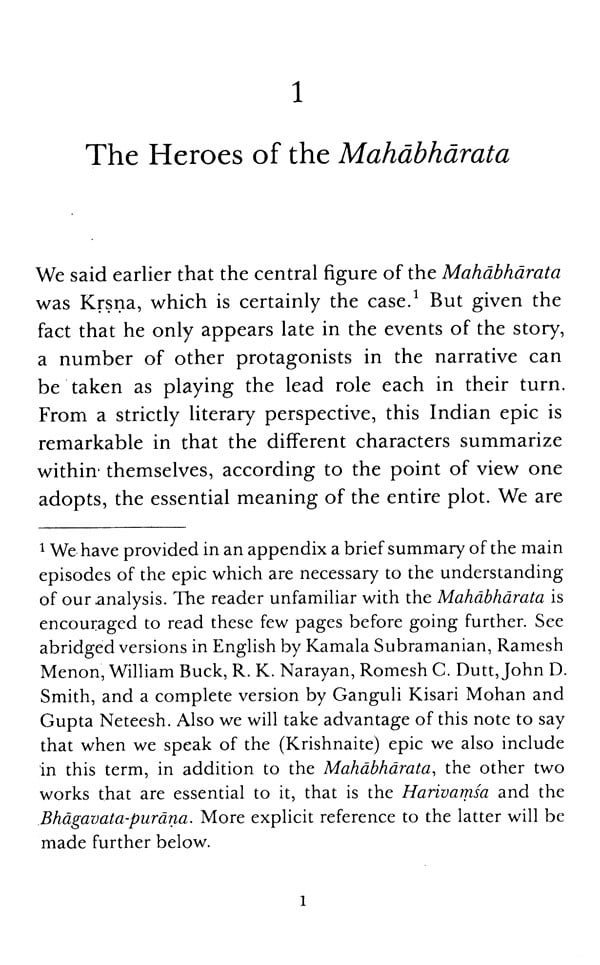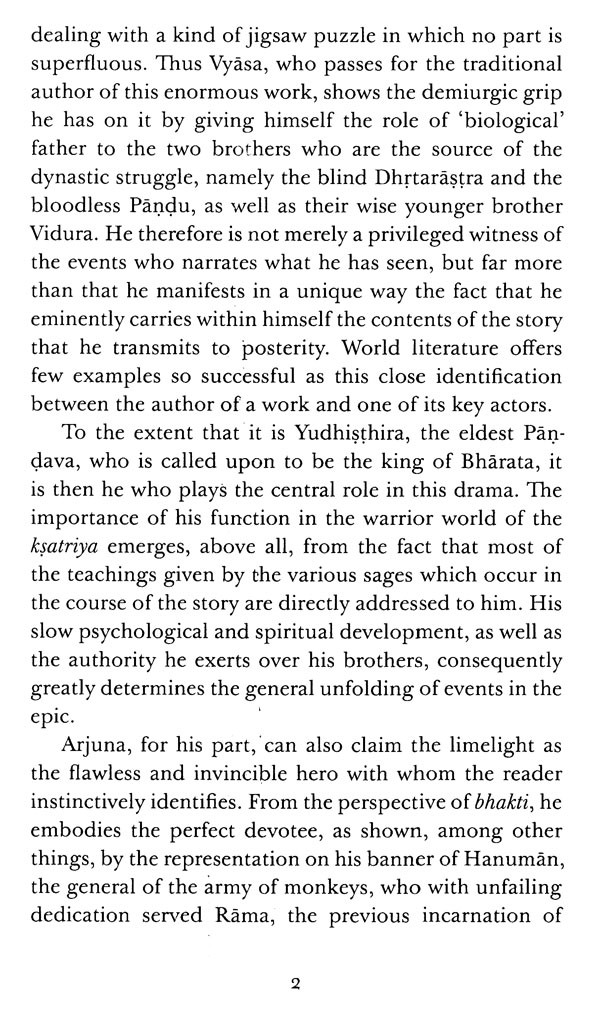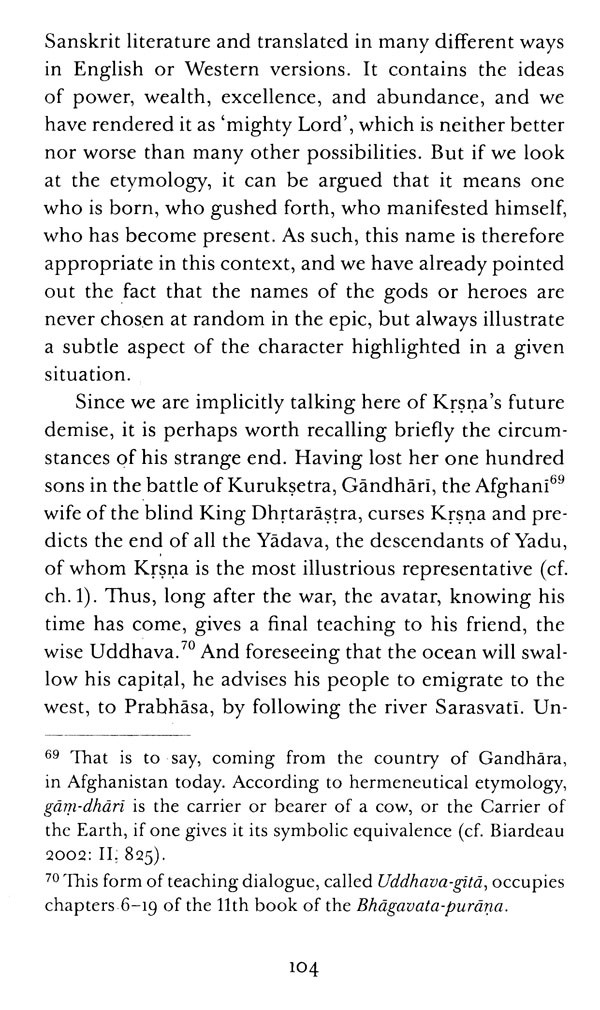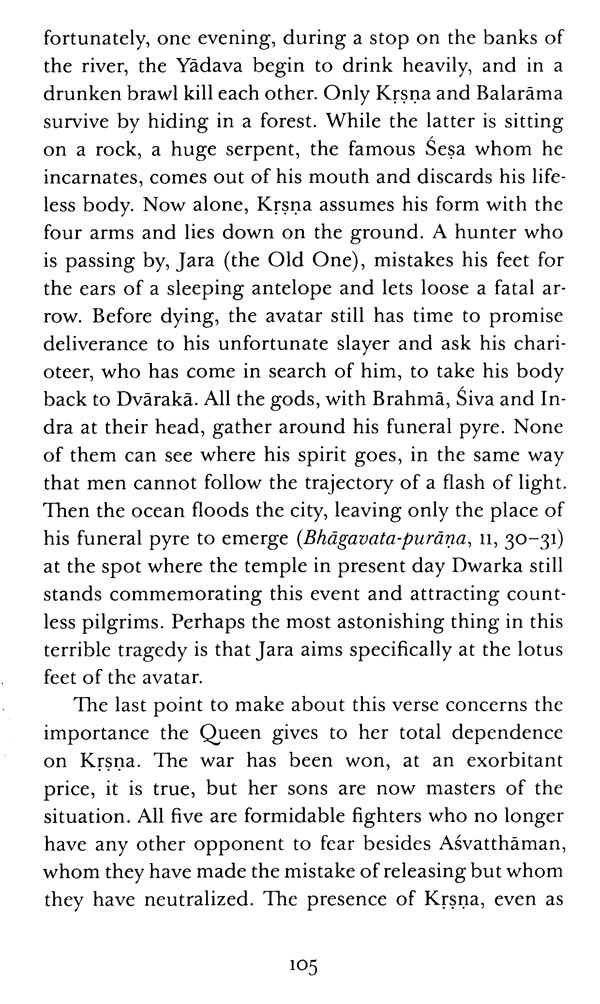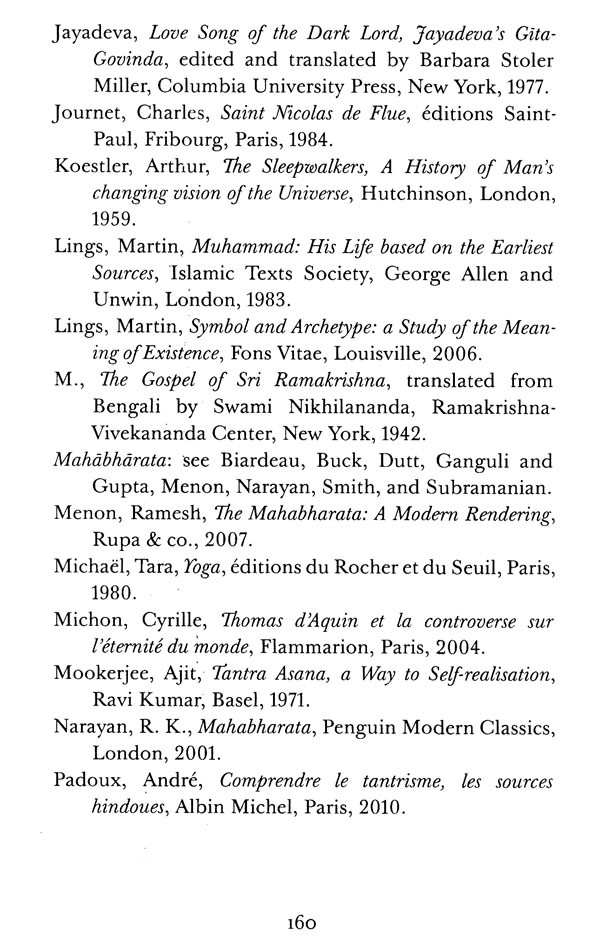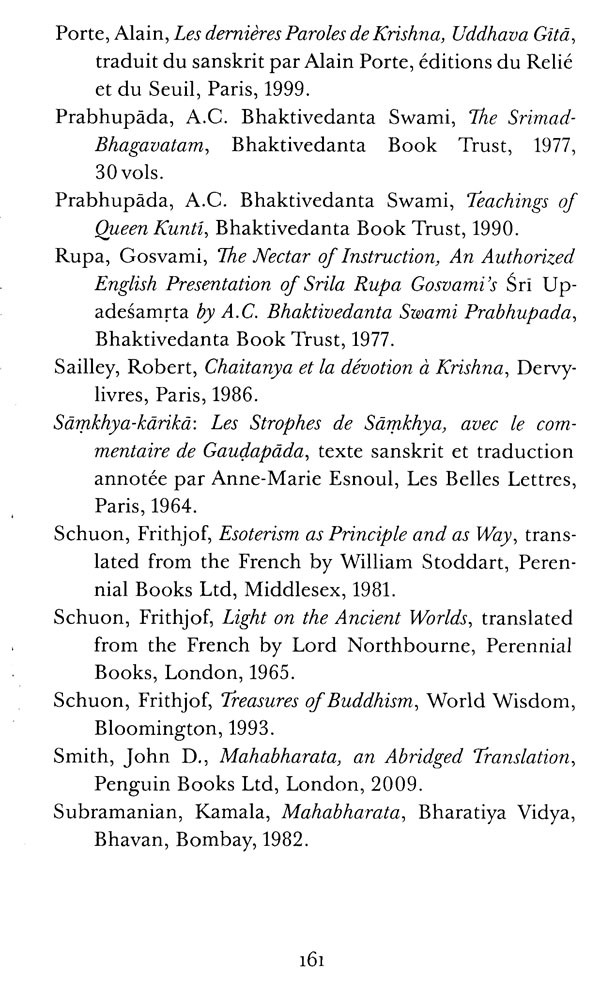About the Book The Queen and the Avatar offers an original reading of Krsna's epic adventures and of bhakti-yoga, the way of devotion, as described in the Bhagavad-gita. Based on a commentary on a passage of the Bhagavata-purana (an important Hindu text of the 6th century CE), the author approaches the text from a traditional Hindu viewpoint while at the same time establishing the principal connections to the great monotheistic religions and to ancient philosophy. This highly readable book will be of interest both to specialists looking for scholarly rigor and to a general public sensitive to the beauty of Indian mythology and epic poetry.
About the Author DOMINIQUE WOHLSCHLAG is an expert in medieval romance languages and a former Latin lecturer at the College de Genève. He has a long career in Indian studies, teaching courses on Sanskrit and on Indian Civilization at a number of Swiss institutions, as well as collaborating with the Geneva Ethnography Museum. He has published three translations of Indian poets (Jayadeva, Bhartrihari, Vidyakara) and several interpretative studies on the Hindu scriptures.
Preface In traditional Christian art there is an image of a little naked boy playing with a shell on a beach beside the sea. It is Saint Augustine who is thus portrayed, because he recognized that he was as incapable of exhausting the mystery of the Holy Trinity in his commentaries as the child he had seen on the seashore was unable to bail out the sea in his tiny container. We would like this image to be applied to the present writer, if only because we have never sought to be exhaustive or even systematic. Although we do not abandon what is called 'academic rigor', it is not our goal to place a new in the edifice of Oriental scholarship. Rather, our intention is more personal. It arises from a fascination with the figure of Krsna as it appears in the Mahabharata, Harivamia and Bhagavata-purana. What really is an avatar? What is the meaning of his often strange or disturbing behavior? What does his being incognito mean, if even partially so? How can he be a joker, transgressor, cunning plotter or seducer? How does he become the founder of a new religion, or the reviver of an old one? These questions have guided our approach and, starting from this perspective, we feel that the speech of thanksgiving that Queen Kunti addresses to her nephew Kṛṣṇa at the end of the war provides an invaluable clue. Thus, following her speech verse by verse, as it is related in the Bhagavata-purana, we have sought the answers to our questions first in the Indian tradition and then in other religious or philosophical worlds, and finally in our own understanding. If the reader, in following our method, can glean some keys to enrich his own understanding, or simply to revive his interest in this fertile and remarkably homogeneous field of the Indian epic, we will consider ourselves amply re- warded for our efforts.
Introduction A famous verse from the Mahabharata declares: 'Regarding the goals of man, namely conformity to order (dharma), material wealth (artha), love (kama) and deliverance (moksa), everything which is in this text can also be found elsewhere. What is not here cannot be found anywhere else' (t, 62, 53). The all-embracing dimension of the epic, connecting human experience to the unicity of seems to be a general feature of all works of this kind which have played a leading role in the genesis of the great civilizations. Their universal value, even if not always explicitly documented, has undoubtedly been a for all their traditional commentators, as well as for the majority of those whose imagination they have fed over the course of time. Moreover, the strength of this fundamental belief can be attested to in the systematic use of these texts, first by philosophers (in the original meaning of the term 'lover of wisdom'), and, secondly, by the saints or traditional interpreters, who have consistently used them as a source and drawn countless illustrations from them in the course of their teachings. We are thinking here of both the Mahabharata and the Ramayana in India, as well as the Iliad and the Odyssey or the Aeneid in Europe, and of course, above all, of the Bible, for, to the extent it conveys a sacred history, it belongs to this genre. So it is no coincidence if all of the literary classics that we have just mentioned were used, at least at certain times and places, as the basis for the practice of a form of divination which consisted in opening the book at random at any page in order to find a binding response within it to a personal question that had been previously asked.' In other words, it was recognized that these synthetic accounts had an oracular value akin to a revelation of supra-human origin, notwithstanding the fact that it was considered that there were degrees in the level of inspiration of these texts. Vedic literature is qualified in India as sruti (literally: hearing), meaning that its authors, the sri, were directly responsive to the speech of God which they passed on without alteration. As for the Mahabharata and Ramayana, they belong to the (literally: memory, reflection), a category of works considered as having a status lower than the previous one, without being considered devoid of inspiration nonetheless, or of a higher intuition.
**Contents and Sample Pages**
